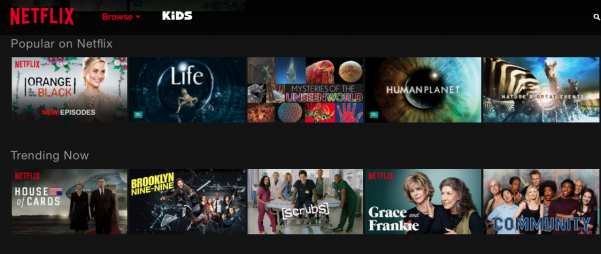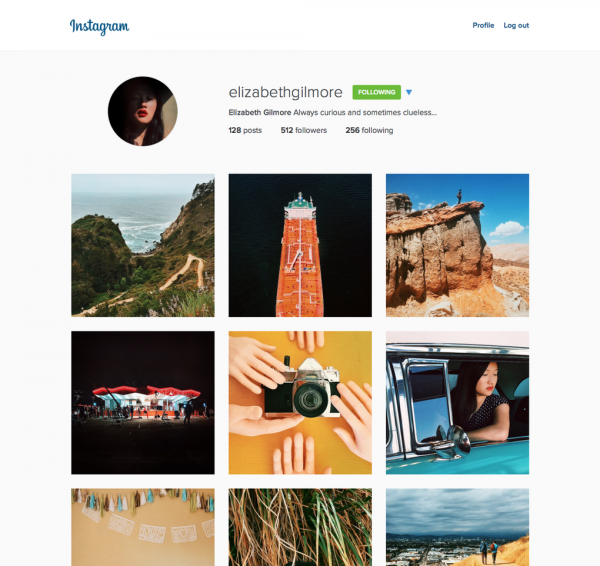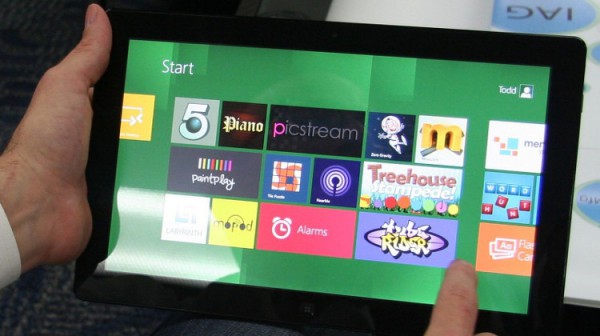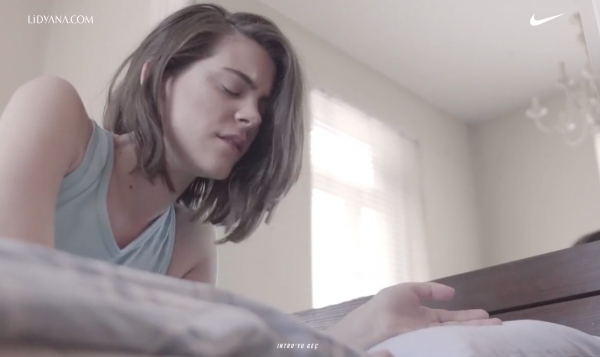This is a follow up post. You can read the original post here.
Six months ago, we looked at some design trends that we thought were going to hit it big in 2015. Halfway through the year, let’s see how we’re getting on.
Prediction #1: Card design keeps going strong
We predicted that card design was going to keep going strong, as the natural convergence of responsive design, flat design, and shrinking screen sizes.
We’d say we’re pretty spot on with this one. 2015 started well, with
The New York Times redesigning their
NYT Magazine in February. While not a strict card site, it pulls heavily from the concept, with a focus on big accessible images to entice readers into articles.
Netflix is another examples of a company really embracing the card format, with their redesigned launched just this month. The site functions largely the same, but the darker colour scheme emphases the structured, card format.

And finally,
Instagram has just redesigned its website to be far cleaner, image-driven, and strictly a card design.

All in all, the card design isn’t going anywhere.
Prediction #2: Apps will dominate, single-function apps in particular
Mobile apps continue to soar. First,
the release of the Apple Watch has driven many companies to make watch-specific apps, including Air Canada, Starwood Hotels & Resorts, Nike, and Instagram.
The Apple Watch is really just the pointy end of the stick, though. Pebble
runs its own mini app store through its app available in the App Store, and Android has its own apps including Uber, todolist, and Hole19, a golf app.
New wearable apps, plus the fact that the app store is growing by around
1,000 apps per day, indicates that people are still keen on applications.
As for the rise of single function apps, that’s a little harder to find evidence for. Yes, single function apps dominate the wearables market. Things like the WhatsApp wearable app, for example, indicate that there’s definite enthusiasm for doing one thing really well.
But at the same time, an awful lot of new apps still have a wide range of functions, even when they’re on such a small screen. For example, The Apple Watch Expedia app lets you:
- Check your gate, terminal and flight time
- Check-in, check-out, check ratings, location, address, and contact info for your hotel
- Check your entire travel itinerary

Obviously, all this information is incredibly useful to have when you’re travelling. But do you really need it all in one app? Maybe not. That’s a lot of details for a 312 x 390px screen.
We’d say that yes, our love for apps isn’t going anywhere. However, we’d also say that all-purpose apps packed with functionality still have a place.
Prediction #3: UX will be the norm, with total CX close behind

We think we’re right, but it’s not there yet. Thankfully,
UX is now a core requirement for virtually any digital property. Perhaps most importantly,
even behind the scenes software is being designed with UX in mind.
Twitter, for example,
redesigned its analytics homepage in order to help SMBs better promote their businesses as well as check how your Twitter efforts are going. Obviously, Twitter felt this was important, even though it was going to be mostly be a business-facing service, which is a huge change from back in the day.
Another example is the rising success of field service apps. These are apps and software packages that, once upon a time, were dreadful. However, the new generation, including products like
mHelpDesk and
Maintenance.io, have stunning UI and a superb UX, despite being totally and absolutely B2B.
However, while CX is definitely on the minds of the biggest companies out there, we don’t think that it’s ready yet. It’s coming, but there are no clear examples of one or two companies who are doing it really, superbly well. Maybe by the end of the year, but we’ll just have to wait and see.
Prediction #4: Movement and video will be ubiquitous
This is definitely coming true. Landing pages, video background, Snapchat stories, Facebook and Twitter auto-play – video and movement are literally everywhere on the Internet now. We’d even go as a far to say that by the end of the year, marketers and designers are going to be talking about hero videos the way we talk about hero images, now as video continues to spread.
Check out
this site by Nike for a great example:

One thing worth noting is that Netflix has ironically shied away from video in its redesign. Instead of having a show auto play without sound, they stuck with the classic still image from whatever show they’re promoting.

Who knows why. Maybe they wanted to reduce the load on bandwidth of loading Netflix, or maybe they just felt that a still worked well enough. Perhaps though, a missed opportunity to future proof their site a little.
Wrap up
So far, 2015 has unfolded pretty well. We’re excited that UX, video, and simple card and grid designs are trending. The web is slowly but surely becoming clearer and easier to understand as people find new ways to present information.
And while we were a little overzealous in our prediction of total CX, that’s definitely the way things are going. We’ll check in in another six months to see if that comes to fruition. Until then, happy designing!
